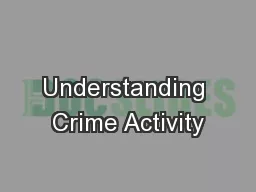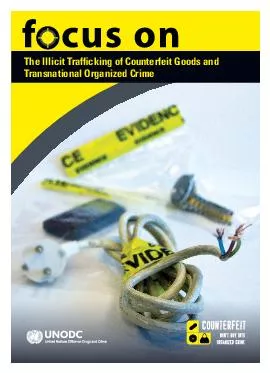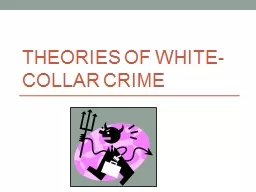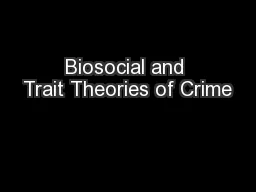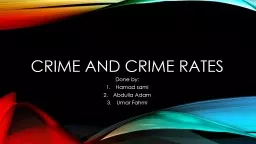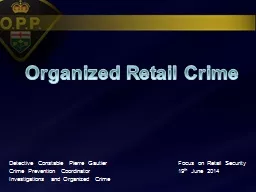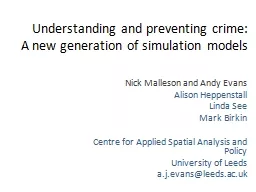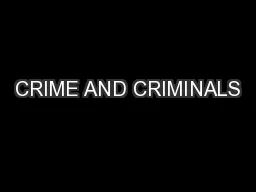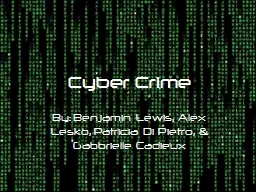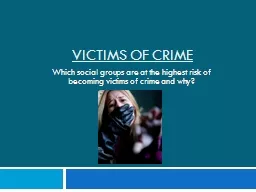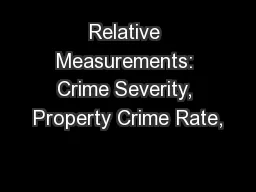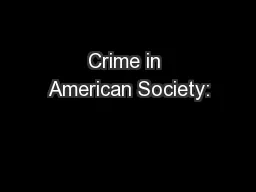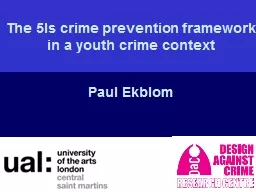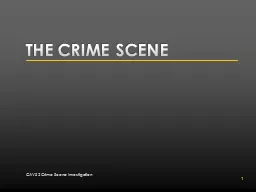PPT-Understanding Crime Activity
Author : tatiana-dople | Published Date : 2017-07-26
in England Joshua Kaplan Tim Ahn John Hotchkiss Educate populous Reduce crime Identify police abuse The Importance of Understanding Crime Crime data from httpsdatapoliceuk
Presentation Embed Code
Download Presentation
Download Presentation The PPT/PDF document "Understanding Crime Activity" is the property of its rightful owner. Permission is granted to download and print the materials on this website for personal, non-commercial use only, and to display it on your personal computer provided you do not modify the materials and that you retain all copyright notices contained in the materials. By downloading content from our website, you accept the terms of this agreement.
Understanding Crime Activity: Transcript
Download Rules Of Document
"Understanding Crime Activity"The content belongs to its owner. You may download and print it for personal use, without modification, and keep all copyright notices. By downloading, you agree to these terms.
Related Documents

